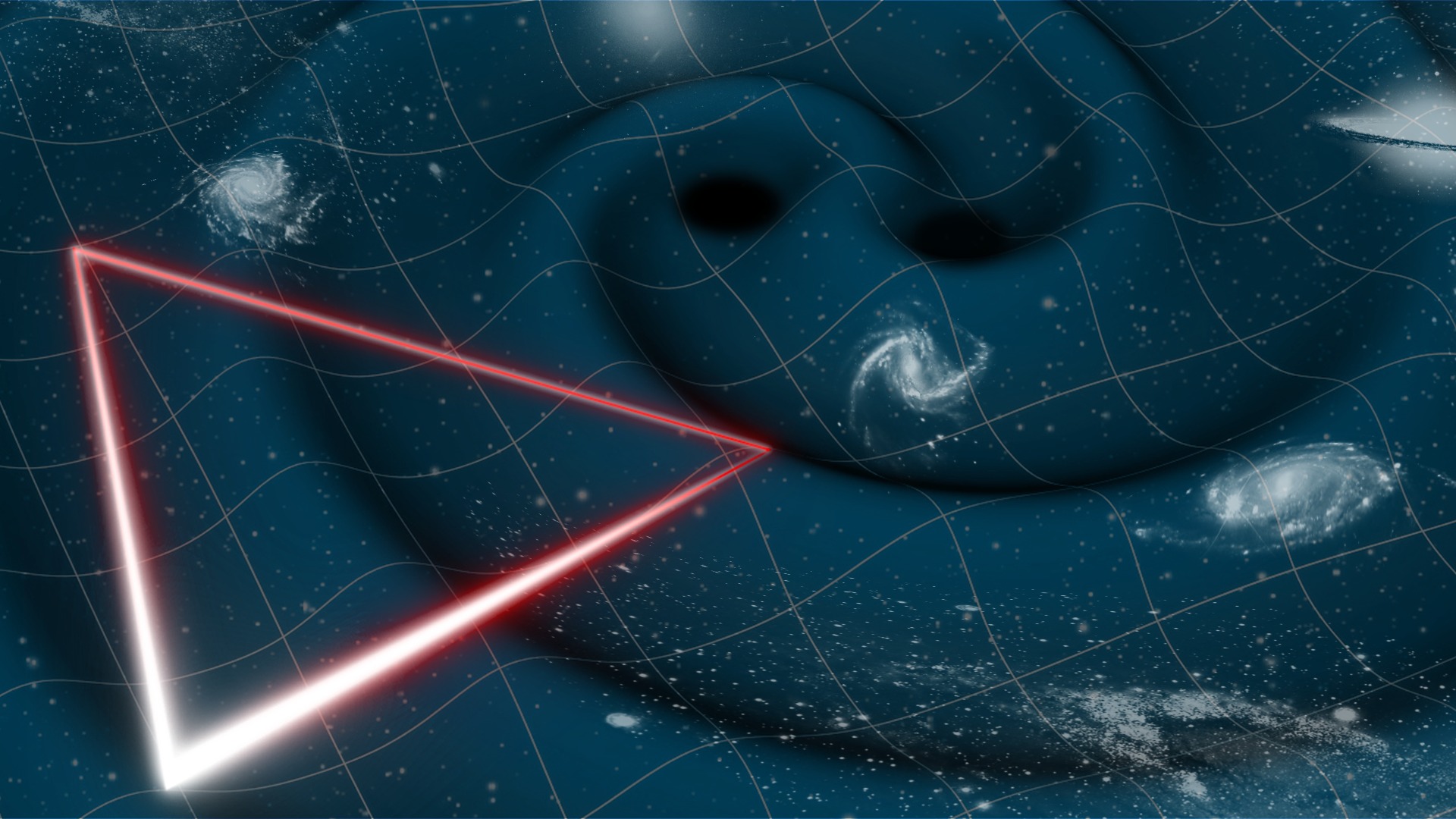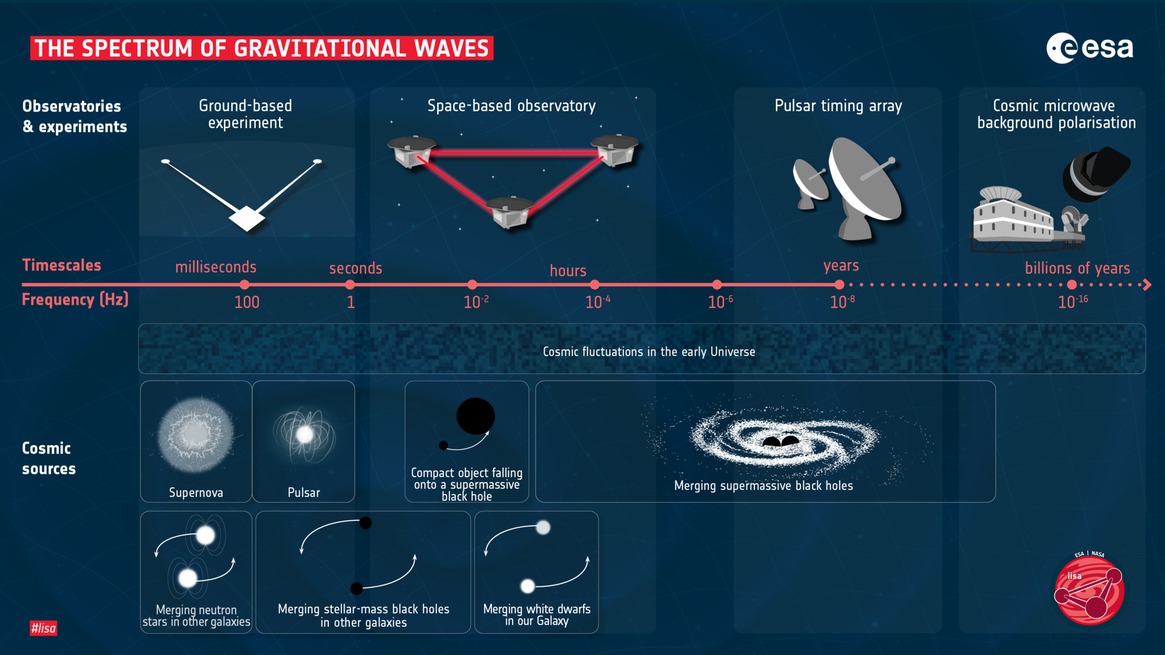The European Space Agency (ESA) has confirmed its intentions to create the Laser Interferometer Space Antenna (LISA), which will explore and study one of the most mysterious phenomena of the Universe – gravitational waves. The Agency made the decision on January 25, and confirmed that the mission concept and technology were already sufficiently developed for the implementation of the LISA project.

Gravitational waves envisioned by Einstein’s theory were first detected in 2016 using the Laser Interferometer Gravitational-Wave Observatory (LIGO). This instrument has registered subtle ripples in space-time created by grandiose events such as the merging of black holes.
Over the past year, data has been released by five independent groups that indicate possible gravitational waves originating from supermassive binary black holes. This may be a sign of the gravitational wave background – the accumulation of gravitational waves that stretch and compress the Universe.

The new LISA project is supposed to take the study of gravitational waves to a new level — the construction of a giant interferometer in space. This will avoid the noise that occurs on Earth and collect data that is inaccessible to our planet. The project will include three spacecraft arranged in the shape of an equilateral triangle with sides 1.5 million kilometers long each.
Preliminary data already indicate the existence of gravitational waves emitted by collisions of black holes in the center of galaxies. LISA will also study other phenomena, such as the merging of white dwarfs and neutron stars.
The launch of LISA is scheduled for 2035 – 20 years after ESA announced the priority of this project after the launch of the LISA Pathfinder mission. Work on the creation of the observatory will begin in January 2025.
According to ESA
Follow us on Twitter to get the most interesting space news in time
https://twitter.com/ust_magazin


